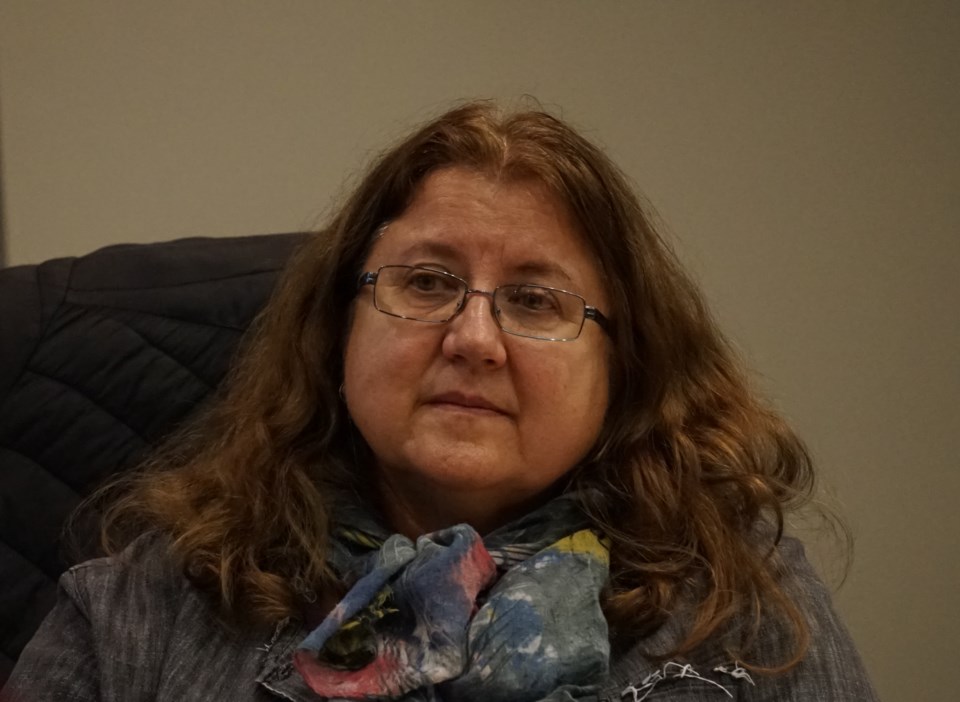ATHABASCA – The Rotary Club of Athabasca’s latest project got over its first legal hurdle May 7 when town councillors gave the project their initial approval.
Councillors voted 5-0 — Mayor Rob Balay and Coun. Dave Pacholok were absent — in favour of a motion to approve the Rotary Riverfront Shade Pavilion, subject to the development permits and final drawings being submitted.
The pavilion is Rotary’s latest project, and the club has raised over $110,000 for the project already thanks to its April 26 celebrity dinner.
Brian Scott, club member and chair for the committee overseeing the project, said the style of the structure was like an “old time” building which was consistent with the other buildings in the area.
“It’s built from heavy timber, so there’s no nails or screws or anything holding it together,” said Scott. “The guy we’re working with out of Edmonton, he’s very experienced with this type of project.”
The only modern edition to the structure will be solar panels that plug into the town’s grid; Mike Gismondi, a former professor at Athabasca University, said the pavilion will generate more electricity than it uses and will reduce the town’s energy costs.
“Our hope is if we can make some money, we could put it into some sort of ongoing improvement to the Riverfront fund so that everyone wins,” said Gismondi. “If there’s a few hundred dollars every year for some more trees, or picnic tables, great.”
Gismondi added the structure would generate about 15 kilowatts of power for the town.
“The nice thing about it is, we’re not asking for a single dollar from the town,” said Scott. “This would be built for the Rotary club for the people of the town.”
Council Concerns
The planned structure, which would stand at 24 feet, is taller than the town’s bylaw allows — the Riverfront Design Committee still signed off on the project, pending technical guidelines, but not every councillor was convinced.
“We have experienced having to re-do and level the stage, and that was a substantial cost,” said Edwards. ‘Is this ground stable enough to support the weight of the timbers and the cement to go on top of it?”
Scott said the location had two major benefits going for it: the ground hasn’t been disturbed for another construction project in quite some time, and is higher than the stage site.
“The plans for this also call for eight screw piles, they go down quite substantially, and then a plate gets welded on top,” said Scott. “They’ve taken into consideration the closeness to the water, and engineering doesn’t feel it’ll be a problem at all.”
Edwards also had concerns about the height of the building and how it would look on the riverfront compared to the other amenities.
“I was wondering if the pitch of the roof could be not as steep or not as high?” asked Edwards. “I think it’s a visual block and it’ll really tower over what’s down there right now with the size it’s going to be.”
Rotary said they could reduce the pitch by a small amount, but anything further would reduce the efficacy of the solar panels.



